Introduction to Whale Watching in Canada: An Unforgettable Experience
Everything You Want To Know About Whale Watching In Canada Canada is renowned for its breathtaking natural beauty, and one of the most exhilarating ways to experience it is through whale watching. Stretching from the Atlantic to the Pacific, Canada’s coastlines offer some of the best opportunities in the world to observe these magnificent marine mammals in their natural habitat. This introduction will provide an overview of why whale watching in Canada is such a unique and unforgettable experience.
Table of Contents
ToggleDiverse Marine Ecosystems
Canada’s vast and diverse marine ecosystems provide ideal conditions for various species of whales. The country’s extensive coastlines, from the rugged shores of Newfoundland and Labrador to the serene waters of British Columbia, are teeming with marine life. These rich habitats support a wide range of whale species, making Canada a prime destination for whale watching enthusiasts.
Varied Whale Species
Whale watchers in Canada have the chance to see numerous species, including:
Humpback Whales: Known for their acrobatic breaches and complex songs.
Orcas (Killer Whales): Particularly prevalent in British Columbia’s waters.
Beluga Whales: Found in the Arctic and sub-Arctic regions.
Blue Whales: The largest animals on the planet, occasionally seen in the Gulf of St. Lawrence.
Minke Whales, Gray Whales, and Fin Whales: Among other species that frequent Canadian waters.
Each region offers unique sightings, contributing to the diversity and excitement of whale watching in Canada.
Prime Whale Watching Locations
Some of the top whale watching locations in Canada include:
Vancouver Island, British Columbia: Renowned for orca and humpback whale sightings.
Bay of Fundy, New Brunswick: Famous for its high tidal ranges and diverse whale population.
St. Lawrence River, Quebec: A hotspot for beluga and blue whale sightings.
Newfoundland and Labrador: Offers opportunities to see humpback, minke, and even the occasional blue whale.
Each location provides distinct experiences and opportunities to see different species and behaviors.
Experienced Tour Operators
Canada boasts a wide array of experienced whale watching tour operators, offering guided tours that enhance the experience. These operators often employ marine biologists and naturalists who provide valuable insights into whale behavior, ecology, and conservation efforts. Their expertise ensures that tourists not only see whales but also learn about their habits and the importance of protecting these magnificent creatures.
Conservation and Sustainability
Whale watching in Canada is conducted with a strong emphasis on sustainability and conservation. Regulations are in place to ensure that whale watching activities do not disturb the animals or their habitats. Tour operators follow strict guidelines to minimize their impact, ensuring that future generations can continue to enjoy and marvel at these incredible animals.
Memorable Experiences
From the spine-tingling sight of a humpback breaching the water to the serene beauty of orcas gliding through the waves, whale watching in Canada offers unforgettable moments that stay with visitors long after their trip has ended. Whether you are a seasoned wildlife enthusiast or a first-time observer, the awe-inspiring encounters with whales in their natural environment are sure to create lasting memories.
In conclusion, whale watching in Canada is more than just a tourist activity; it is an immersive experience that connects people with nature, promotes conservation, and leaves an indelible impression. Whether exploring the Pacific, Atlantic, or Arctic waters, whale watching in Canada is truly an unforgettable experience.
Best Times of Year for Whale Watching in Canada
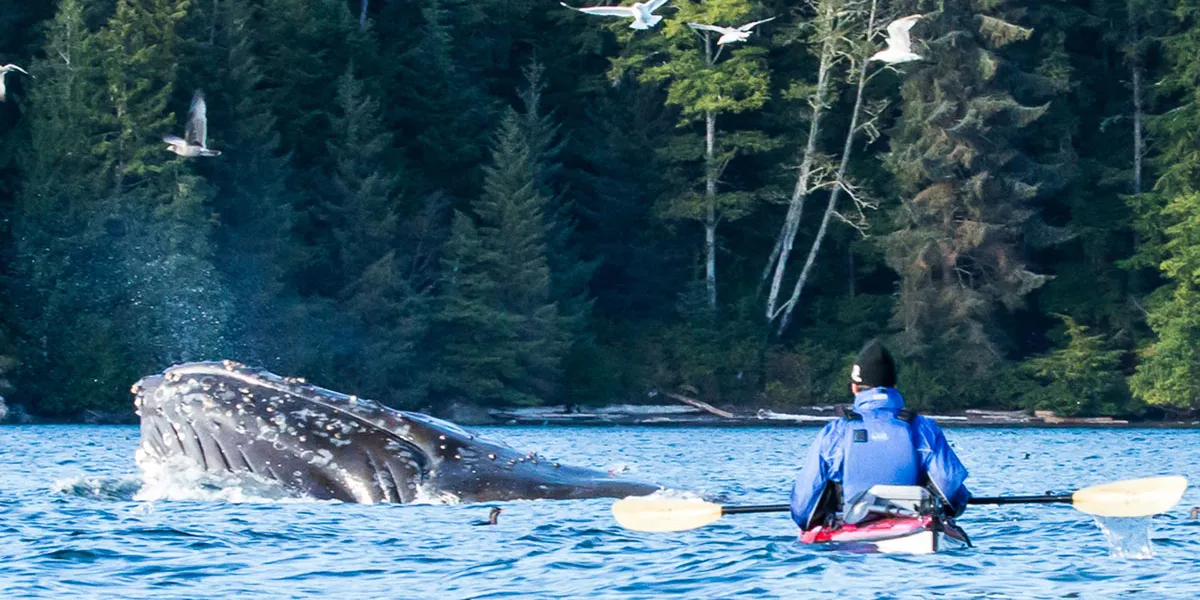
Whale watching in Canada is a popular activity, and the best times to see these majestic creatures vary depending on the region and species you are interested in observing. Here’s a comprehensive guide to help you plan your whale watching adventure at the optimal time.
Pacific Coast (British Columbia)
Peak Season: May to October
Orcas: The best time to see orcas (killer whales) around Vancouver Island and the Strait of Georgia is from May to October. The southern resident orca population is especially prominent during this period.
Humpback Whales: Humpbacks migrate to British Columbia’s coastal waters from May to October, offering spectacular sightings.
Gray Whales: These whales are often seen during their migration from Mexico to the Arctic between March and May, and again from September to November on their return trip.
Atlantic Coast (Newfoundland and Labrador, Nova Scotia, New Brunswick)
Peak Season: June to September
Humpback Whales: The best time to see humpbacks in Newfoundland and Labrador is from June to September, when they come to feed on the abundant capelin and krill.
Minke Whales: Minkes can be seen from May to October, with a peak in summer months.
Fin Whales and Blue Whales: These larger whales are spotted from June to September.
Bay of Fundy (New Brunswick): The Bay of Fundy is famous for its high tidal ranges and rich feeding grounds, attracting several whale species from June to October, with the best time being August and September.
St. Lawrence River (Quebec)
Peak Season: May to October
Beluga Whales: Belugas are a unique resident species in the St. Lawrence River and can be seen year-round, though sightings are more common from May to October.
Minke Whales, Fin Whales, and Blue Whales: These whales are typically seen from May to October, with peak sightings in the summer months.
Humpback Whales: The best time to see humpbacks in the St. Lawrence is from June to September.
Arctic (Nunavut)
Peak Season: June to August
Beluga Whales: These whales migrate to the warmer waters of the Arctic during the summer months, making June to August the best time for sightings.
Bowhead Whales: Bowheads are also more frequently seen in the Arctic during the summer.
Narwhals: Known for their distinctive tusks, narwhals can be spotted in Nunavut’s waters during the summer months of June to August.
Factors Influencing Whale Watching
Migration Patterns: Whale migrations significantly influence the best times for whale watching. Whales travel vast distances between feeding and breeding grounds, and timing your visit to coincide with these migrations increases your chances of sightings.
Feeding Seasons: Whales come to Canadian waters to feed on the abundant food sources available during certain times of the year. Knowing the feeding seasons of different species can help you plan your trip.
Weather and Sea Conditions: Weather conditions and sea states can impact whale watching experiences. Calm seas and clear skies provide better visibility and a more enjoyable experience.
Conclusion
Understanding the best times of year for whale watching in Canada is crucial for maximizing your chances of seeing these magnificent creatures. Whether you’re exploring the Pacific coast, the Atlantic coast, the St. Lawrence River, or the Arctic, each region offers unique opportunities and experiences. By planning your trip during peak seasons, you can ensure an unforgettable whale watching adventure in the diverse and rich waters of Canada.
Top Locations for Whale Watching Across Canada
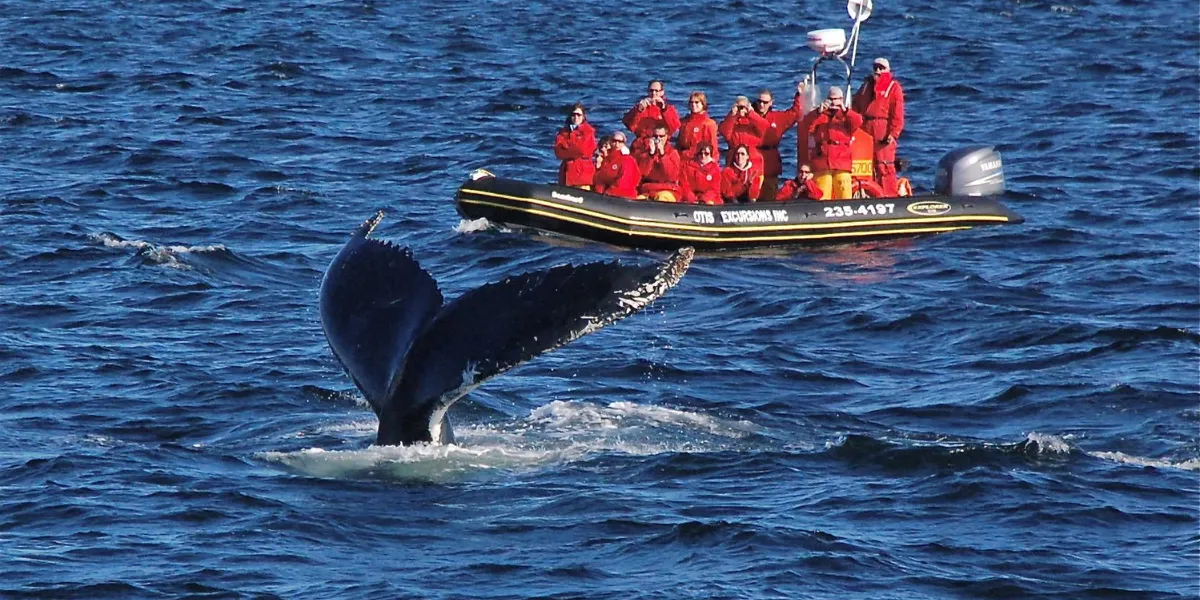
Canada’s vast coastline offers some of the best whale watching opportunities in the world, with diverse marine environments that attract a variety of whale species. Here’s a guide to the top locations for whale watching across the country:
Vancouver Island, British Columbia
Best Time to Visit: May to October
Key Species: Orcas (killer whales), humpback whales, gray whales, minke whales.
Highlights: The waters around Vancouver Island, especially the Strait of Georgia and Johnstone Strait, are prime spots for observing orcas. Humpbacks are frequently seen breaching and feeding, and gray whales can be spotted during their migration.
Bay of Fundy, New Brunswick
Best Time to Visit: June to October
Key Species: Humpback whales, minke whales, fin whales, North Atlantic right whales.
Highlights: The Bay of Fundy is known for its high tidal ranges, creating rich feeding grounds that attract a variety of whale species. It is one of the few places where you can see the endangered North Atlantic right whale.
St. Lawrence River, Quebec
Best Time to Visit: May to October
Key Species: Beluga whales, blue whales, minke whales, fin whales, humpback whales.
Highlights: The Saguenay-St. Lawrence Marine Park is a hotspot for whale watching, offering the chance to see belugas year-round and blue whales, the largest animals on Earth, during the summer months.
Newfoundland and Labrador
Best Time to Visit: June to September
Key Species: Humpback whales, minke whales, fin whales, orcas, blue whales.
Highlights: The coastal waters of Newfoundland and Labrador provide excellent whale watching opportunities, with humpback whales being the most common. The region’s icebergs and dramatic coastline add to the scenic experience.
Churchill, Manitoba
Best Time to Visit: June to August
Key Species: Beluga whales.
Highlights: Known as the “Beluga Capital of the World,” Churchill offers unique opportunities to see these white whales in the shallow waters of the Churchill River. Kayaking and snorkeling with belugas are popular activities.
Tofino, British Columbia
Best Time to Visit: March to October
Key Species: Gray whales, humpback whales, orcas.
Highlights: Tofino is famous for its gray whale migration, with thousands of whales passing by the Clayoquot Sound. The region also offers the chance to see humpbacks and orcas in the summer months.
Baffin Island, Nunavut
Best Time to Visit: June to August
Key Species: Bowhead whales, narwhals, beluga whales.
Highlights: The Arctic waters around Baffin Island are teeming with marine life during the summer months. Narwhals, known for their long tusks, and bowhead whales are among the unique species you can observe here.
Tadoussac, Quebec
Best Time to Visit: May to October
Key Species: Beluga whales, minke whales, humpback whales, fin whales, blue whales.
Highlights: Located at the confluence of the Saguenay and St. Lawrence rivers, Tadoussac is a renowned whale watching destination. The deep waters and abundant food supply attract a variety of species.
Prince Edward Island
Best Time to Visit: June to September
Key Species: Minke whales, fin whales, humpback whales.
Highlights: The Gulf of St. Lawrence surrounding Prince Edward Island is a great spot for seeing minke and fin whales. The calm and warm waters make for pleasant whale watching experiences.
Victoria, British Columbia
Best Time to Visit: April to October
Key Species: Orcas, humpback whales, gray whales, minke whales.
Highlights: Victoria, located on the southern tip of Vancouver Island, offers excellent whale watching tours. The resident orca pods are a major attraction, along with seasonal sightings of humpback and gray whales.
Conclusion
Canada’s extensive coastline provides diverse and rich habitats for a variety of whale species, making it an exceptional destination for whale watching. Each region offers unique experiences and the chance to see different species, from the orcas of British Columbia to the belugas of the St. Lawrence River. By visiting these top locations during their peak seasons, you can maximize your chances of enjoying unforgettable encounters with these majestic marine mammals.
Species of Whales You Can See in Canadian Waters
What to Expect on a Canadian Whale Watching Tour
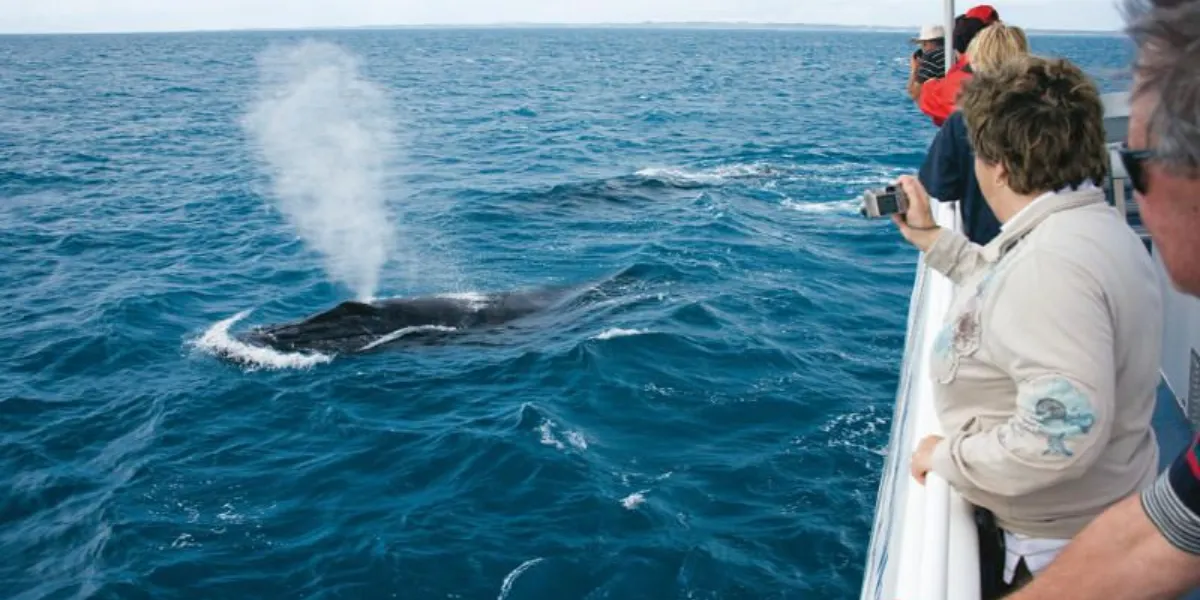
suggests an overview or guide about the experiences and activities involved in a whale watching tour in Canada. This would include details such as:
Types of Whales: Information about the species of whales that are commonly sighted during these tours.
Tour Locations: Popular regions in Canada where whale watching tours are conducted, such as British Columbia, Newfoundland, and the St. Lawrence River.
Seasonal Variations: The best times of the year to see different whale species.
Tour Experience: What the tour typically entails, including the duration, type of boat, and amenities provided.
Guidance and Education: The role of tour guides in providing educational information about the whales and marine environment.
Safety and Regulations: Safety measures and regulations that are in place to protect both the participants and the whales.
Additional Wildlife: Other marine life and wildlife that might be observed during the tour.
Preparation Tips: Advice on what to wear, what to bring, and how to prepare for the tour for an enjoyable experience.
Tips for Choosing the Right Whale Watching Tour Operator
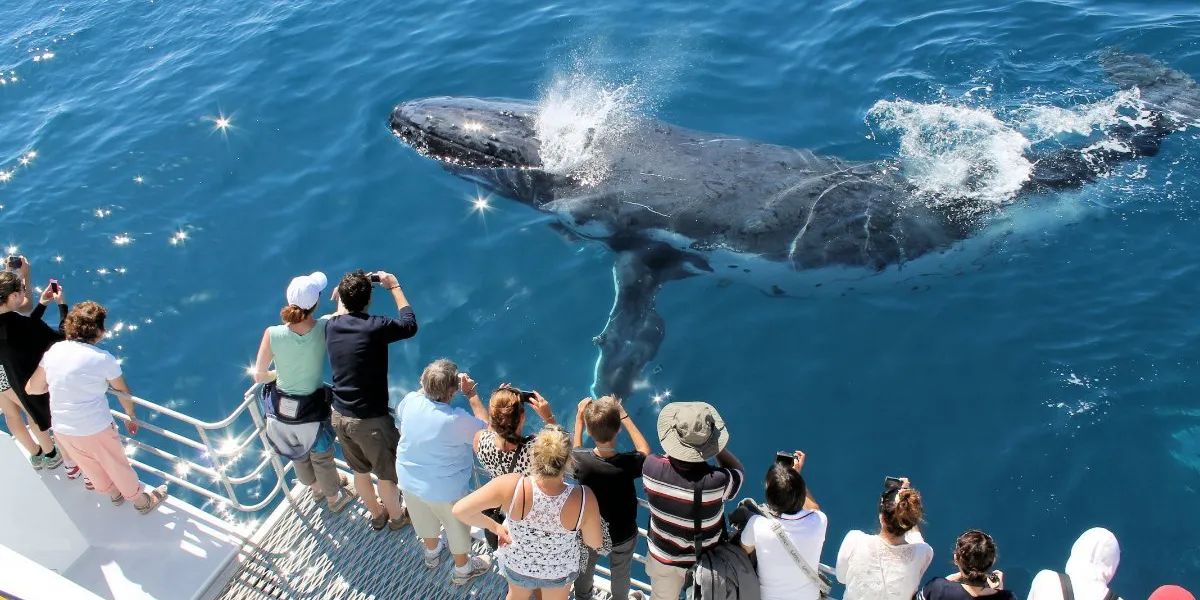
indicates guidance and advice on selecting the best company or service provider for a whale watching tour. This would include:
Reputation and Reviews: How to research and evaluate the reputation of various tour operators through online reviews, ratings, and testimonials.
Experience and Expertise: The importance of choosing operators with experienced guides and staff who are knowledgeable about whales and the local marine environment.
Safety Standards: Ensuring the operator adheres to safety regulations and provides necessary safety equipment and briefings.
Environmental Responsibility: Selecting operators who follow eco-friendly practices and responsible whale watching guidelines to minimize the impact on marine life.
Tour Offerings: Comparing different tours based on their duration, locations covered, and the likelihood of whale sightings.
Boat Types and Amenities: Understanding the types of boats used (e.g., larger vessels vs. smaller, more intimate boats) and the amenities provided (e.g., restrooms, viewing platforms).
Cost and Value: Evaluating the cost of the tour in relation to what is offered, ensuring it provides good value for money.
Customer Service: Assessing the quality of customer service, including responsiveness to inquiries and the ability to accommodate special needs or requests.
Special Features: Looking for unique features or added benefits, such as educational talks, additional wildlife viewing opportunities, or guarantees of sightings.
Sustainable Whale Watching: Protecting Canada’s Marine Life
refers to practices and principles aimed at conducting whale watching tours in an environmentally responsible manner that ensures the protection and preservation of marine life in Canadian waters. This would include:
Eco-Friendly Practices: Techniques and strategies that minimize the environmental impact of whale watching tours, such as reducing boat emissions and using environmentally friendly materials.
Responsible Viewing Guidelines: Adhering to rules and regulations designed to prevent disturbance to whales and other marine life, including maintaining safe distances and limiting the duration of encounters.
Conservation Efforts: How tour operators contribute to marine conservation through funding, supporting research, and participating in conservation programs.
Education and Awareness: Educating tourists about marine ecosystems, the importance of conservation, and how their actions can affect marine life.
Partnerships with Conservation Organizations: Collaborations between tour operators and environmental organizations to promote and implement sustainable practices.
Monitoring and Research: Involvement in scientific research and monitoring programs to gather data on whale populations and health, contributing to broader conservation efforts.
Regulatory Compliance: Ensuring compliance with local, national, and international laws and regulations aimed at protecting marine environments and species.
Community Engagement: Engaging with local communities to promote sustainable tourism practices and support local economies in a way that benefits both people and the environment.
Innovative Technologies: Utilizing advanced technologies to enhance sustainability, such as quiet electric boats or real-time tracking systems to avoid disturbing whale habitats.
Tourist Responsibility: Encouraging tourists to act responsibly, such as reducing waste, following guidelines provided by tour operators, and supporting eco-certified tours.
Essential Gear and What to Bring on Your Whale Watching Trip
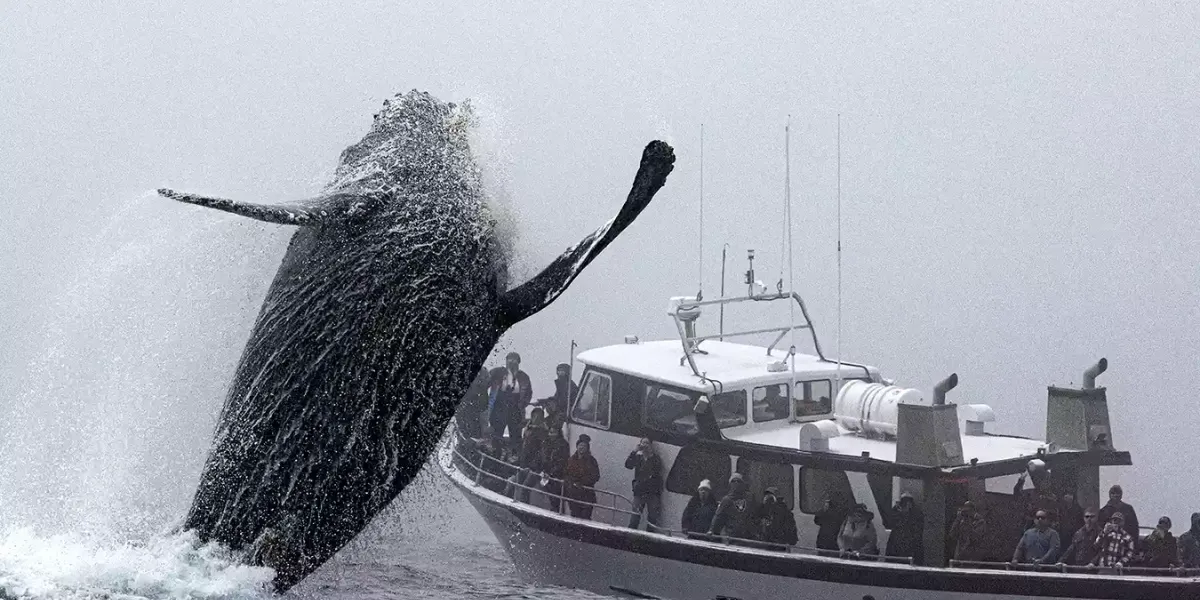
provides guidance on the necessary items and preparations for a successful and enjoyable whale watching experience. This would include:
Clothing: Recommendations for dressing appropriately for the weather and conditions, such as:
Warm Layers: Given the potential for cool temperatures and wind, especially on open water.
Waterproof Jacket: To stay dry from sea spray and possible rain.
Comfortable Shoes: Non-slip, waterproof footwear for safety and comfort on the boat.
Accessories: Important items to enhance your experience and comfort:
Hat and Sunglasses: For sun protection and to reduce glare on the water.
Gloves and Scarf: For added warmth in colder conditions.
Binoculars: To get a closer view of whales and other wildlife.
Photography Equipment: Suggestions for capturing memorable moments:
Camera with Zoom Lens: To take clear photos of distant whales.
Extra Batteries and Memory Cards: To ensure you don’t run out of power or storage space.
Personal Items: Essentials for personal comfort and well-being:
Sunscreen: To protect your skin from UV rays.
Sea Sickness Medication: If you are prone to motion sickness.
Water and Snacks: To stay hydrated and energized during the trip.
Documentation and Reservations: Important paperwork and confirmations:
Tickets or Booking Confirmation: To ensure a smooth check-in process.
ID and Emergency Contact Information: For safety and identification purposes.
Field Guides and Notebooks: For educational and recording purposes:
Marine Life Field Guide: To help identify different species of whales and other marine animals.
Notebook and Pen: To jot down observations and interesting facts provided by the guide.
Backpack or Bag: To carry all your gear in an organized and accessible way.
By following these recommendations, you can ensure that you are well-prepared for your whale watching adventure, maximizing your enjoyment and comfort while minimizing any potential inconveniences.
Photography Tips for Capturing Stunning Whale Images
suggests a guide that provides advice and techniques for taking high-quality photographs of whales. This would include:
Equipment Recommendations: Suggestions for the best gear to use, such as:
Camera with Fast Shutter Speed: To capture quick movements of whales.
Telephoto Lens: To get close-up shots from a distance without disturbing the whales.
Stabilization Gear: Tripods or monopods to steady your camera on a moving boat.
Settings and Techniques: Tips on optimizing camera settings for whale photography:
Shutter Speed and Aperture: Using fast shutter speeds to freeze motion and appropriate aperture settings for the right depth of field.
ISO Settings: Adjusting ISO to ensure proper exposure without too much noise in varying light conditions.
Focus Modes: Utilizing continuous autofocus to keep moving whales in sharp focus.
Compositional Tips: Advice on framing and composing your shots for the best impact:
Rule of Thirds: Positioning the whale off-center for a more dynamic composition.
Including Context: Capturing elements like the ocean, sky, or coastline to provide a sense of scale and setting.
Anticipating Action: Predicting whale behavior to be ready for breaches, tail slaps, and other dramatic movements.
Lighting Considerations: Utilizing natural light to enhance your photos:
Golden Hours: Shooting during early morning or late afternoon for soft, warm light.
Avoiding Harsh Midday Light: Reducing glare and harsh shadows by photographing when the sun is lower in the sky.
Patience and Timing: Strategies for being prepared and patient:
Observing Behavior: Learning to recognize signs of whale activity to anticipate photo opportunities.
Being Ready: Keeping your camera poised and ready to shoot at a moment’s notice.
Safety and Ethical Practices: Ensuring responsible and respectful photography:
Maintaining Distance: Using your lens to get close-up shots without approaching too near to the whales.
Following Guidelines: Adhering to local regulations and guidelines to avoid disturbing the animals.
Post-Processing Tips: Enhancing your images after the shoot:
Editing Software: Using programs like Lightroom or Photoshop for adjustments.
Adjusting Exposure and Contrast: Fine-tuning light and shadow details.
Cropping and Straightening: Improving composition and removing distractions.
Practice and Experimentation: Encouraging continuous learning and experimentation:
Trying Different Angles: Experimenting with various perspectives and angles.
Learning from Others: Studying whale photography from professionals for inspiration and techniques.
By following these tips, photographers can improve their chances of capturing stunning and memorable images of whales in their natural habitat.
Frequently Asked Questions About Whale Watching in Canada
suggests a comprehensive resource that provides answers to common inquiries and concerns related to whale watching activities in Canada. This would include:
General Information:
What is Whale Watching?: An overview of what whale watching entails, including the typical activities and goals.
Best Times and Locations:
When is the Best Time to Go Whale Watching in Canada?: Information on peak seasons and times of the year for optimal whale sightings.
Where are the Best Places to See Whales in Canada?: Highlighting top whale watching locations such as British Columbia, Newfoundland, and the St. Lawrence River.
Whale Species:
What Types of Whales Can Be Seen in Canadian Waters?: Listing the species commonly observed, like humpback whales, orcas, belugas, and blue whales.
Tour Details:
What Should I Expect on a Whale Watching Tour?: Describing the typical experience, including the duration, type of boat, and amenities.
What Should I Wear and Bring on a Whale Watching Trip?: Recommendations for appropriate clothing, gear, and other essentials.
Safety and Regulations:
Is Whale Watching Safe?: Discussing safety measures taken by tour operators and tips for personal safety.
What Regulations are in Place to Protect Whales?: Information on laws and guidelines that ensure responsible whale watching practices.
Booking and Costs:
How Much Does a Whale Watching Tour Cost?: Providing a range of prices and what factors might influence the cost.
How Do I Choose a Reputable Whale Watching Tour Operator?: Tips for selecting a trustworthy and responsible tour company.
Accessibility and Accommodations:
Are Whale Watching Tours Accessible to People with Disabilities?: Information on accessibility options and accommodations available.
Can Children Go on Whale Watching Tours?: Guidelines on age restrictions and recommendations for families.
Environmental Impact:
How Does Whale Watching Affect Marine Life?: Discussing the potential impacts and how sustainable practices mitigate them.
What Can I Do to Support Whale Conservation?: Suggestions for how tourists can contribute to conservation efforts.
Weather and Conditions:
What Weather Conditions are Best for Whale Watching?: Ideal weather scenarios for sightings and how tours handle adverse weather.
Cancellations and Refunds:
What Happens if a Tour is Cancelled Due to Weather?: Policies on cancellations and rescheduling.
Can I Get a Refund if I Don’t See Any Whales?: Information on refund policies or guarantees offered by operators.
This FAQ section would serve as a valuable resource for prospective whale watchers, helping them prepare for their trip, set realistic expectations, and understand the broader context of whale watching in Canada.
Click here for more visited Posts!





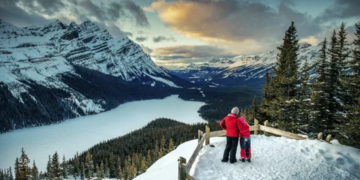

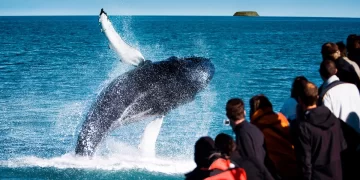
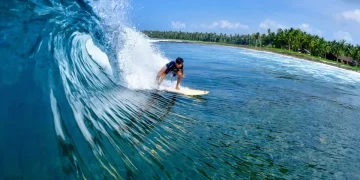





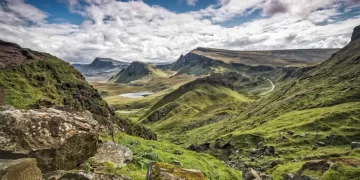

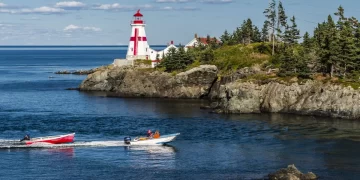



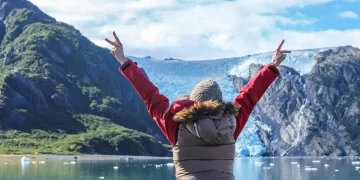




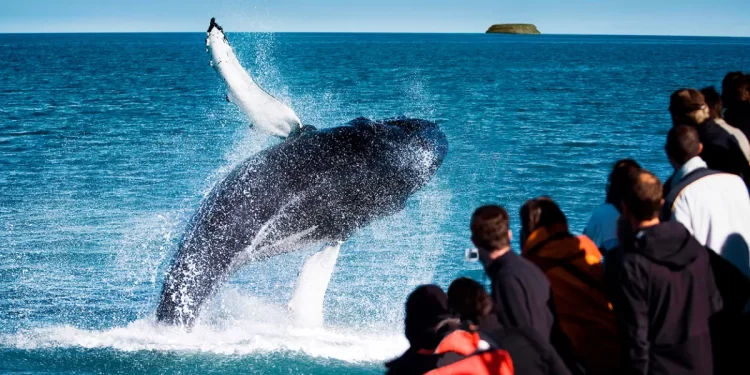
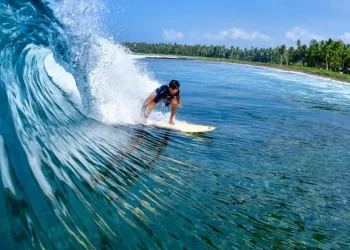
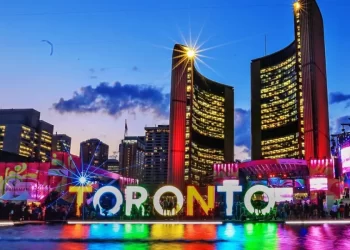











Discussion about this post